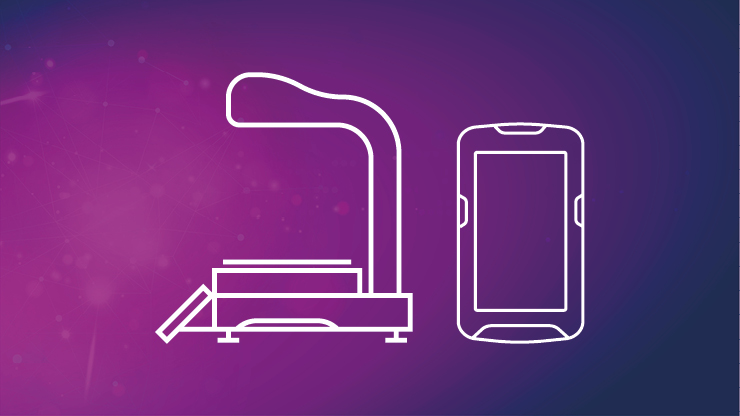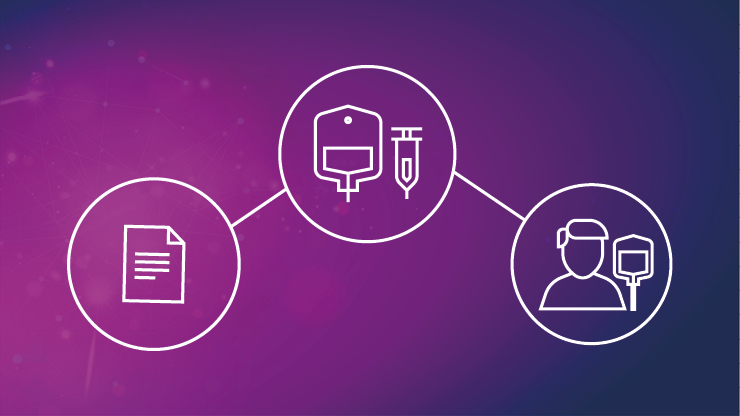Reduce administration errors while working with cytotoxic drugs
Whilst chemotherapy is a well-established treatment for oncology patients, these cytotoxic drugs still carry a significant risk of causing adverse effects and harm. This risk is amplified by the narrow therapeutic index of many drugs, and the fact that patients are often frail or immunosuppressed.
Misadministration of these drugs could result in significant toxicity. Therefore, prevention of errors during the administration stage of chemotherapy is of paramount importance for oncology nurses.
Errors can occur at any stage of the oncology treatment pathway, however the administration phase is an area particularly prone to risk. One study investigating errors as a proportion of total potential errors reported 27.3% occurring in the administration phase of oncology.1Another study concluded many of the errors that occur in the administration phase of oncology are preventable.2
There are strategies and technologies that can be adopted to improve accuracy and reduce the incidence of errors when administering chemotherapy drugs. In this article, we will first explore the types, causes and impact of administration errors within oncology, before discussing solutions to reduce them and improve oncology safety.
Most common error types
A medication administration error can be defined as “any difference between what the patient received or was supposed to receive and what the prescriber intended in the original order.”3
Below are common error types that a nurse may be either directly or indirectly responsible for at the point of oncology drug administration. An indirect error may be, for example, an error earlier in the drug preparation process by pharmacy, and therefore the nurse is indirectly responsible for at the point of drug administration. (It is worth noting that while nurses still need to double check the prescription, some errors originating in the prescribing and compounding phases may be much more difficult for the nurse to identify).
Administering the wrong drug or an incorrectly prepared compound: this can be a direct or indirect error. It may be a result of a prescribing or compounding error earlier in the process, which could be undetectable by the nurse. However, it also includes a nurse administering correctly prepared medication to the wrong patient, or administering an expired medication, both of which are detectable by the nurse.
Infusion rate errors, for example, giving a drug intended to be infused over an extended period as an IV push. IV infusion programming errors can be especially dangerous.4Many of the immunotherapy agents require complex programming due to the risk of infusion reactions if given too fast.
Sequencing errors: a 2015 study identified non-compliance with administration sequences as the second most common error during the chemotherapy preparation and administration process. 50.5% of nurses reported that this occurred at least once during the study period.5
Other types of common administration errors include:
- Omission of drugs or supporting agents, e.g., hydration
- Incorrect route, e.g., intravenous instead of subcutaneous delivery
- Administration of contra-indicated drugs, e.g., where the patient is allergic
- Failure to account for interactions with other medication






